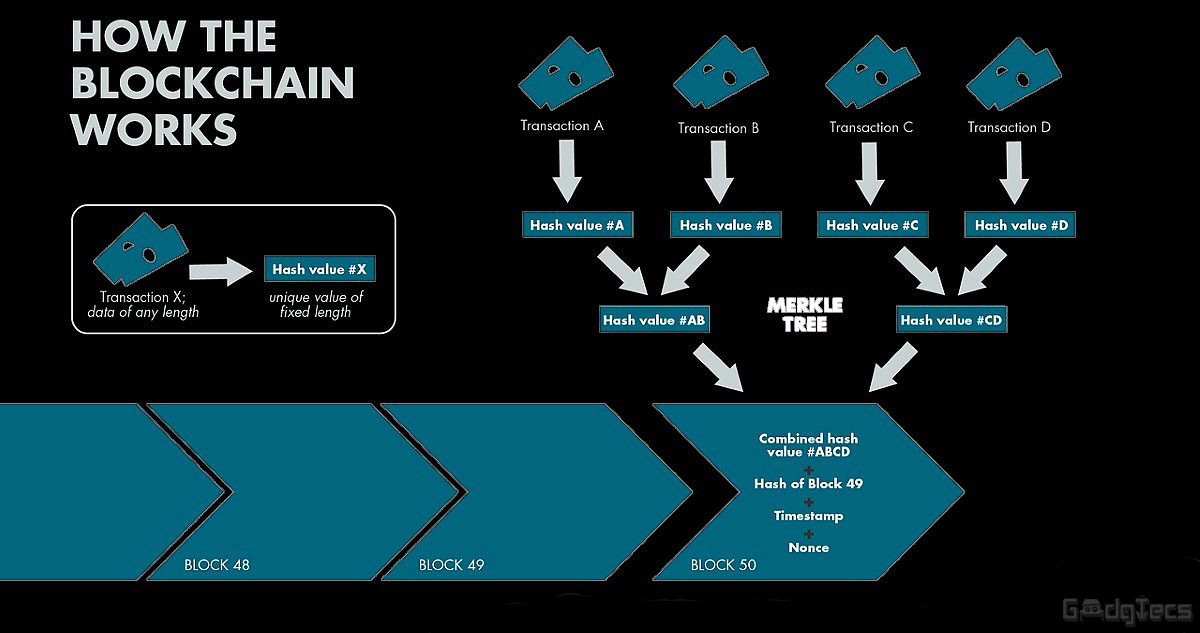Two days ago, an open letter to Peking University of China was anonymously uploaded to the Ethereum blockchain, effectively sharing it with anybody who trades or tracks the cryptocurrency.
In it, the student Yue Xin writes that the college coerced her to cease trying right into a decades-old controversy surrounding Gao Yan, a Peking University pupil who committed suicide in 1998 after being sexually assaulted by a university professor, who remained on staff.

This letter had initially appeared on a more commonplace online platform. However it, together with a number of others by China’s #MeToo activists, have been vanishing from the web, Quartz reports.
So to avoid censorship, folks have started hiding text within the code of various cryptocurrencies, especially etherum. To upload Yue’s note, for instance, the anonymous person pasted it in the notes section of a transaction. It was given the value of zero ether, which means the note’s sole objective was to share and distribute the letter.
Blockchains, you might recall, aren’t stored in one single place. They are distributed — each participant stores a digital copy of the ledger. The endless horde of crypto-bros on the internet insists this characteristic makes blockchains transparent, ethical, and infallible. That part is debatable. However one thing is obvious: anybody mining Ethereum can now read Yue Xin’s letter (its also written in English along with Chinese).
Many ethereum users called Yue’s letter historic; indeed, the uploader and the author are both courageous to take such a risk in an effort to fight sexual assault. Nevertheless it’s really not the first time that a cryptocurrency transaction has been used to store something long-term on the blockchain.
Cryptocurrency exchanges have been found to contain all sorts of information, both public and encrypted, from Nelson Mandela’s image (in hex) and quotes, to annoying (ads, spam etc) to the cutesy (love you forever!) or the illegal (software keys, bomb making guides and even child pornography.) – Though, it’s helpful to understand that this content does not appear in the form of images or video files that can suddenly pop up on a user’s computer. The content is usually housed in the blockchain in the form of links buried alongside all the other data sent with a transaction or hex code, which is even more difficult to fish.
YOU MAY LIKE: 5 Predictions For Bitcoin in 2018 and 2019
It’s not all that tough for governments to de-anonymize the parties on either side of specific cryptocurrency transactions. That’s excellent news for combatting child abuse, however not-so-great news for whoever posted Yue’s letter.
This complicates issues for blockchain advocates, since their whole spiel is that making a decentralized network will result in a better world. However now, they need to grapple with how to handle long-term and permanent storage of things added to crypto transactions. And it’s becoming pretty clear that people who post data into their transactions can’t dodge repercussions.
















































